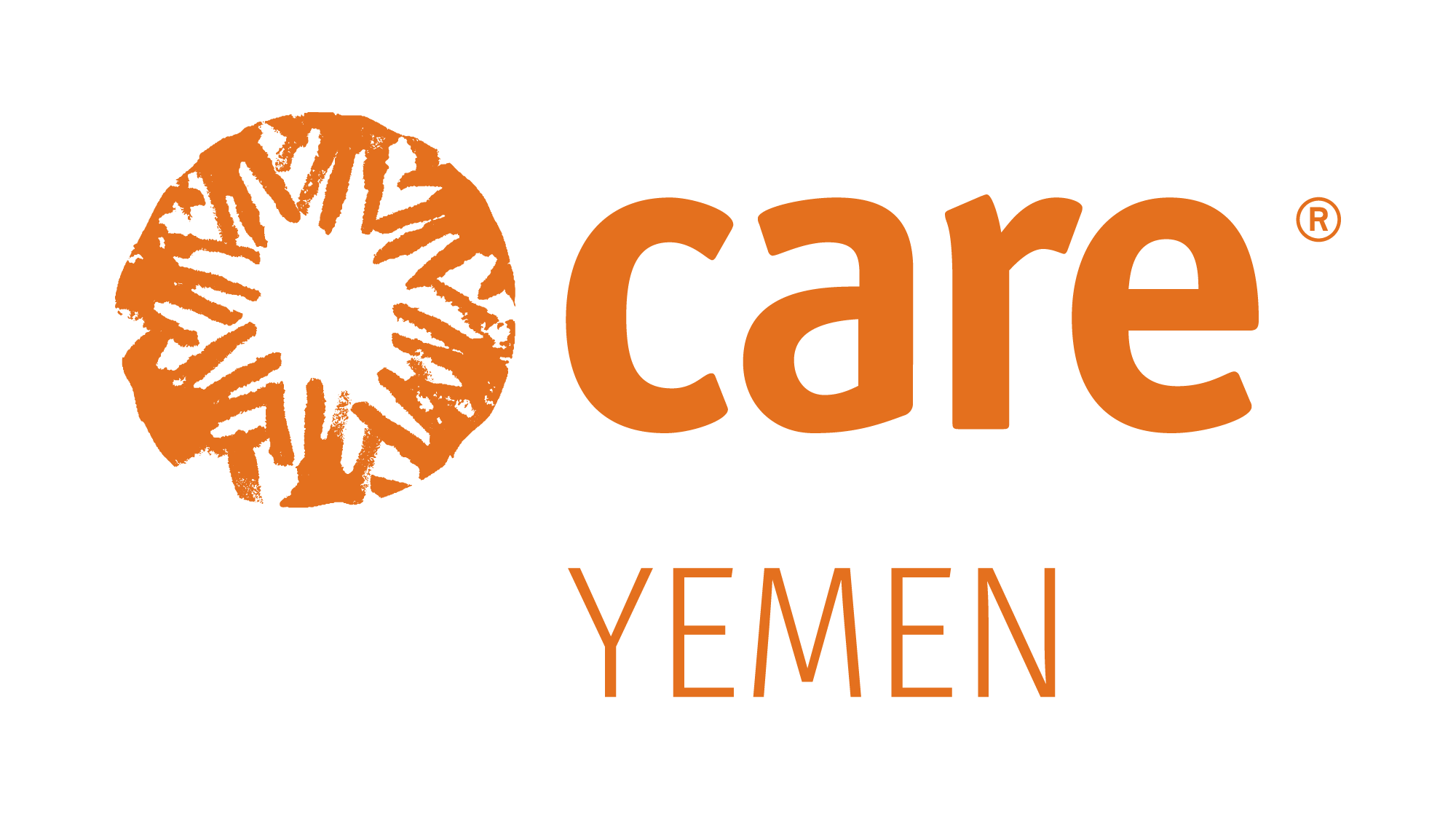Figures from the newly released Integrated Food Security Phase Classification (IPC) report confirm the serious concerns felt and foreseen by humanitarian organizations such as CARE in Yemen for 2022. The level of food insecurity and the risk of famine conditions for a higher number of Yemenis are now vivid, inevitable and undeniable. According to the report, during the period January to May 2022, 17.4 million Yemenis will experience high levels of food insecurity (IPC phases 3 to 5, classified from Crisis to Catastrophe[1]) – amounting to an over 7 per cent increase compared to the previous year. This is expected to rise to 19 million over the second half of the year.
Deeply concerning is that by May 2022, the country will see an increase of 89 per cent among those who are at risk of a hunger catastrophe in comparison to previous IPC analysis covering October to December 2020 – 31,000 people living life in extreme deprivation of food up from 16,400. According to the analysis, this figure is expected to rise to 161,000 during the second half of this year. Furthermore, during the first five months of 2022, 5.6 million people are estimated to be living in Emergency phase of the IPC Acute Food Insecurity Classification, a technical term translating into people experiencing large food consumption gaps that will result in high acute malnutrition. The likelihood of this number increasing to 7.14 million between June to December 2022 has been predicted in the report. Since the conflict began nearly seven years ago, a worrying upward trend of those at risk of being acutely malnourished is evident and this year will include 2.2 million children under five (including 538,000 severely malnourished) and 1.3 million pregnant and lactating women who will need life-saving treatment for acute malnutrition.
Yet, it is critical to remember that the analysis carried out for 2022 preceded the current humanitarian situation in Ukraine. While this latest crisis has led to the displacement of millions from Ukraine to its neighboring countries and beyond, it is also bringing the world’s major grain and oil supply to countries such as Yemen to a harrowing halt. With Yemen importing at least 40 per cent of its wheat needs from Ukraine and Russia, the current IPC findings merely represent a part of the reality Yemenis will be experiencing in the coming months. Once the disrupted supply chain begins to manifest widespread consequences on the ground, it is feared that the number of Yemenis exposed to famine conditions will rise further and beyond the IPC figures for this year.
“On 26 March 2022, Yemenis will have lived through at least 2,555 days of conflict, in what has become one of the world’s largest protracted humanitarian crises”, says Aaron Brent, CARE Country Director in Yemen. “Today’s IPC figures are tragic indications that already warrant immediate action to mitigate and reduce the risk of famine in Yemen. Added to that is the negative impact of the grain and oil shortages that is going to affect every region in the world, Yemenis are simply not equipped to bear the burden of what is coming their way. Negative coping mechanisms we always talk so much about are going to form an integral part of their lives, leading to at times irreversible consequences, particularly for women and girls who are more vulnerable.”
The upcoming donor pledging conference for Yemen due to be held on Wednesday, 16 March, comes at a time where global focus and attention is drawn to the current humanitarian crisis unfolding in Ukraine. Long before this, however, Yemen has been grappling with funding gaps, with the 2021 Humanitarian Response Plan being only partially funded (at 60.9 per cent). It is critical that the international community come together to once again commit to and support the Yemeni people. National and international organizations must be able to provide urgently needed and critical life-saving assistance to populations facing such large food consumption gaps. Close collaboration between humanitarian and development programs is also critical to address the root causes of food insecurity by strengthening the resilience and means of livelihoods for Yemenis. With the conflict still ongoing, such resilience is severely diminished and has generated high levels of vulnerabilities to shocks such as the food and fuel crisis suppressing the economy. Yemeni lives and livelihoods need to be protected by the international community as well as all parties involved in the conflict.
“We must not wait for numbers of famine related fatalities to spark swift, urgent action – swiftness and urgency are needed right now to make sure we are not counting those numbers. Yemeni women, men and children are not statistics to read in a report. Each life matters and each death is preventable. What is needed is the right level of humanitarian assistance, at the right speed of delivery alongside efforts that will bring peace for Yemen,” says Brent.
CARE International has been present in Yemen since 1992 and operates across 14 governorates, reaching 2.8 million people a year with food security and livelihoods, water, sanitation and hygiene (WASH), reproductive health, women’s economic empowerment and education programs.
Contact: Shahrzad Amoli, Advocacy and Communications Coordinator, CARE Yemen (shahrzad.amoli@care.org)
Spokesperson: Aaron Brent, Country Director
For b-roll footage, please visit: https://www.careimages.org/?c=344411&k=692066f822
[1] The IPC Acute Food Insecurity Scale is the global standard for classification of acute food insecurity used especially for countries experience recurrent or protracted food crises, to inform decisions on resource allocation and programming. It consists of 5 phases: 1 (None/Minimal); 2 (Stressed); 3 (Crisis); 4 (Emergency) and 5 (Famine/Catastrophe).

